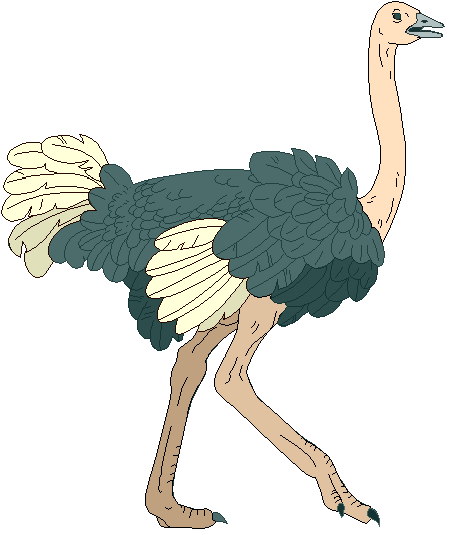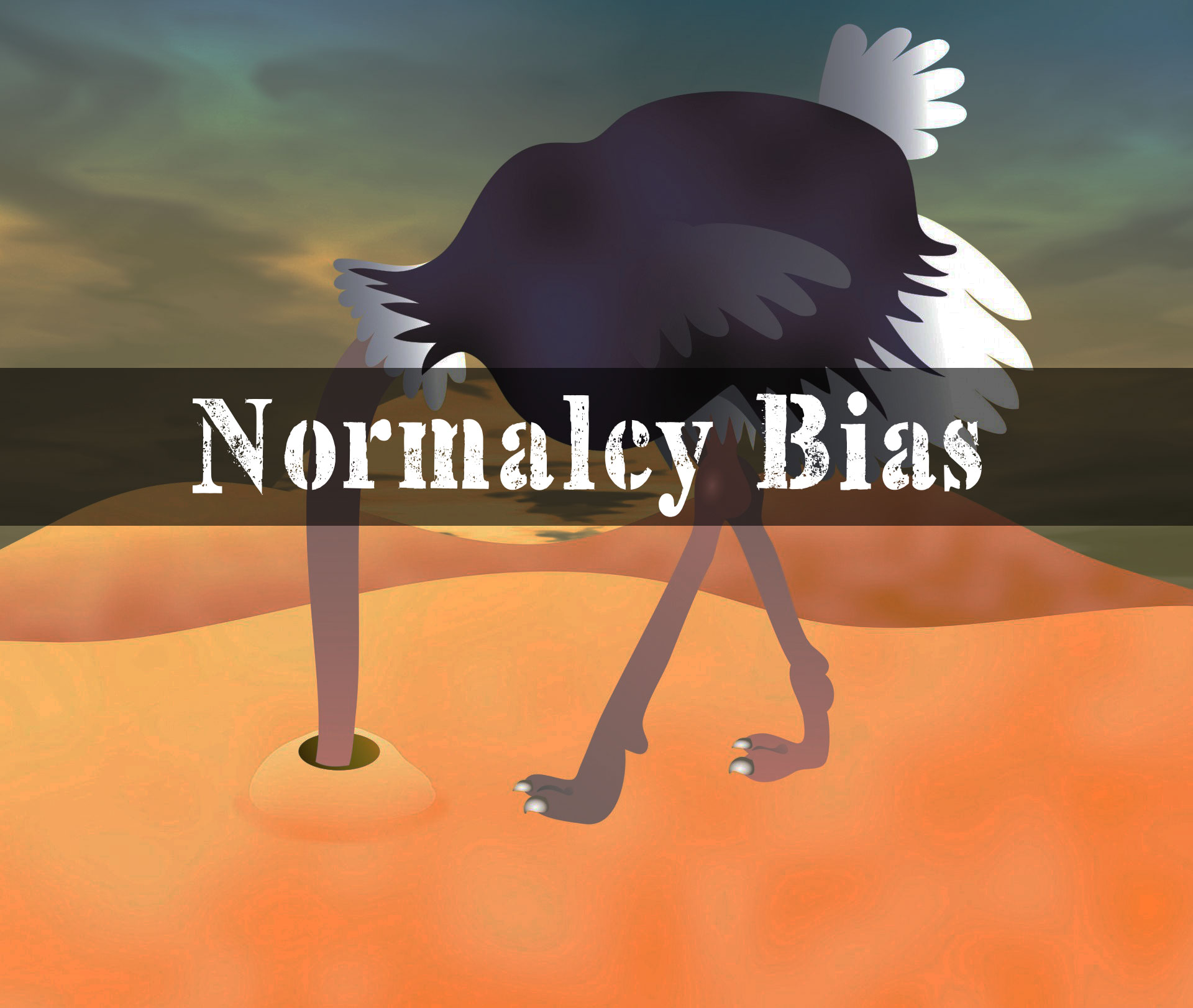
Another possible origin for the myth lies with the fact that ostriches keep their eggs in holes in the sand instead of nests, and must rotate them using their beaks during incubation digging the hole, placing the eggs, and rotating them might each be mistaken for an attempt to bury their heads in the sand.1.1. This may have been a misunderstanding of their sticking their heads in the sand to swallow sand and pebbles to help digest their fibrous food, or, as National Geographic suggests, of the defensive behavior of lying low, so that they may appear from a distance to have their head buried.
Ostrich picture artclip skin#
Males change color during the breeding season, their skin turning bright red, signaling to the hens that they are ready to mate.The feathers of the ostrich are unusual because they don’t have the usual tiny hooks that keep the feather together, leaving the barbs or ‘branches’ loose, and giving the feathers a very soft, smooth feel."Strothio camelus", the ostrich’s scientific name, means camel-like.All other birds possess three or four toes. The ostrich is unique amongst birds in having two toes on each of its feet.They fledge when they are 4 to 5 months old, and by about 18 months they are fully grown, reaching maturity at 2 to 4 years. Within the first three days the chicks leave the nest. The female is on the nest during daylight hours, and the male at night. The eggs are incubated for about 6 weeks. Only dominant male and major female guard the nest. Females lay 2 to 11 creamy eggs in the communal nest. The male will scrape out a nest, which is just a depression in the ground, then attracts the hens by dancing, fluffing up his feathers and flapping his wings, as well as swinging his head while going down on his knees. The mating season starts in March or April, running until September. The major hen will know which are her eggs and protects her clutch by pushing away other hens’ eggs. She lays her eggs first, then allows the others in the flock to produce theirs. The major hen is given more careful consideration, getting first choice of nesting ground. Dominant males defend their territory and mate with their major hen and other hens within the area. Ostriches are polygynous, each male having three to five hens, with a “major” hen and several “minor” hens. Ostriches are very vocal, and their sounds include whistling, booming, snorting and hissing.

These birds are fast runners and usually will comfortably outrun their predators. They use posture to threaten a rival or predator, fluffing up the feathers of their wings and hissing loudly.

Sometimes, to escape detection, they lie down with their necks outstretched, which probably was the origin of the myth that an ostrich buries its head in the sand. These birds like water and frequently take baths, if given the opportunity, and are good swimmers. Males are territorial, defending their territory aggressively. Ostriches have a lifestyle which is nomadic and mostly diurnal, being active early in the day as well as late. Outside the breeding season, smaller, looser flocks of 2-5 members form. During the breeding season, of about 5 months, flocks will occupy territories extending 2-15 sq km. Ostriches live in flocks numbering 5 to 50, and are normally found alongside grazing animals such as antelope and zebras.


 0 kommentar(er)
0 kommentar(er)
